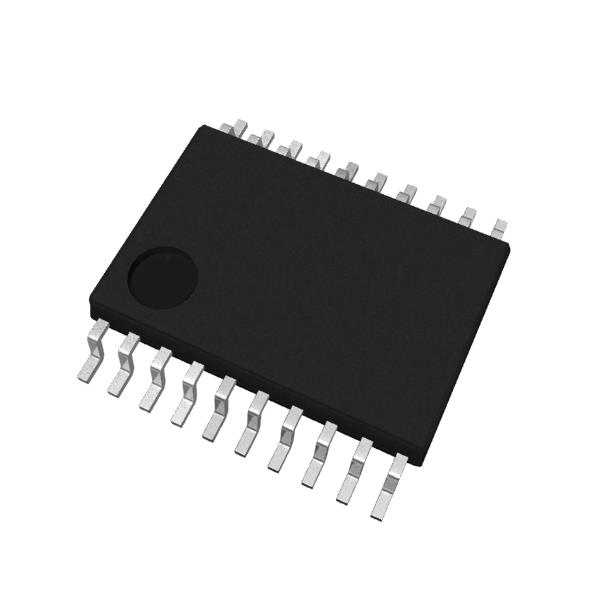NJU7385 Series
Dual H-bridge Driver for Actuator
- Download Datasheet
- ECAD Model: Learn more
-

Description
The NJU7385 is a dual H-bridge driver IC that has general versatility for a compact actuator.The Mode Select Function in the control part can select two types of control systems, “Two-input” and “Phase & Enable”. Input part has a Schmitt inverter circuit with a high resistance to noise.And it has a transition sequence which automatically transits to standby mode with no input signal. Output part has two circuit configurations of independent H-bridge. Protection circuit contains an under voltage lockout (UVLO) circuit and a thermal shutdown circuit and outputs alarm signal if an error is detected. Supply/interface voltage corresponds to the logic, 3.3V/5.0V.The NJU7385 is superior to performance compared to conventional products. It has the low current consumption and improved standby function (Auto/Manual). Especially, it is suitable for battery equipment. And it has versatility and a wide range of applications for various actuators, such as a compact step motor,DC motor, and solenoid.
Spec
| Standard | |
|---|---|
| Motor Voltage | 3V to 8V |
| Absolute Maximum Rating | 9V |
| Output Current | Max. 0.7A |
| Logic Voltage | 2.5V to 5.5V |
| Number of Motors | 1 |
| Operating Current | Typ. IDD=200µA |
| Structure | CMOS Technology |
| Wide Operating Temperature | -40℃ to +85℃ |
| Junction Temp. | +150℃ |
| Package | SSOP20-C3 |
| Input Control Mode Select Function | 2-Input Control,br>Phase & Enable Control |
| Standby Function | At No Signal/At using STB terminal |
| Note | Under Voltage Lock Out (UVLO) Circuit Thermal Shutdown (TSD) Circuit Alarm Output Function (At the protection circuit operates) |
Technical Documents
Quality & Packages
| Product Name | Compatibility | Package | Marking | Reliability |
|---|---|---|---|---|
| NJU7385VC3 |
|
SSOP20-C3 | - | NJU-2a-s-fr |
- Refer to the datasheets for the details on the product.
- The package file or the datasheet includes package dimensions, taping specifications, taping reels dimensions, power dissipations, and recommended land pattern.
FAQ
Buy / Contact
-
Purchase, Request for samples and documentsSales are made through distributors. Please contact your local distributors for any sales-related inquiry such as price.
-
Available from 1 piece!Our electronic device products are available through our authorized online distributors.
-
Technical Support










